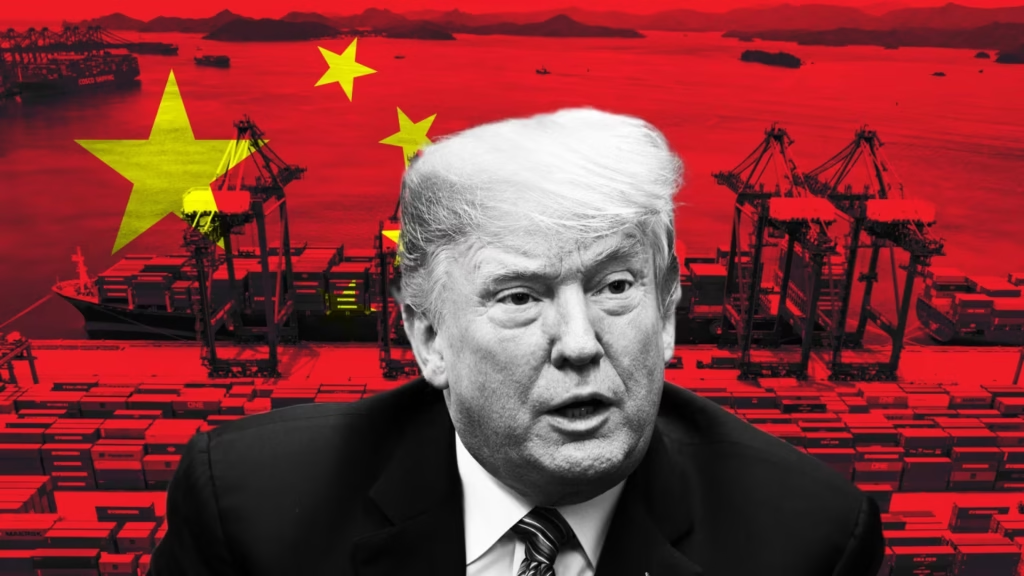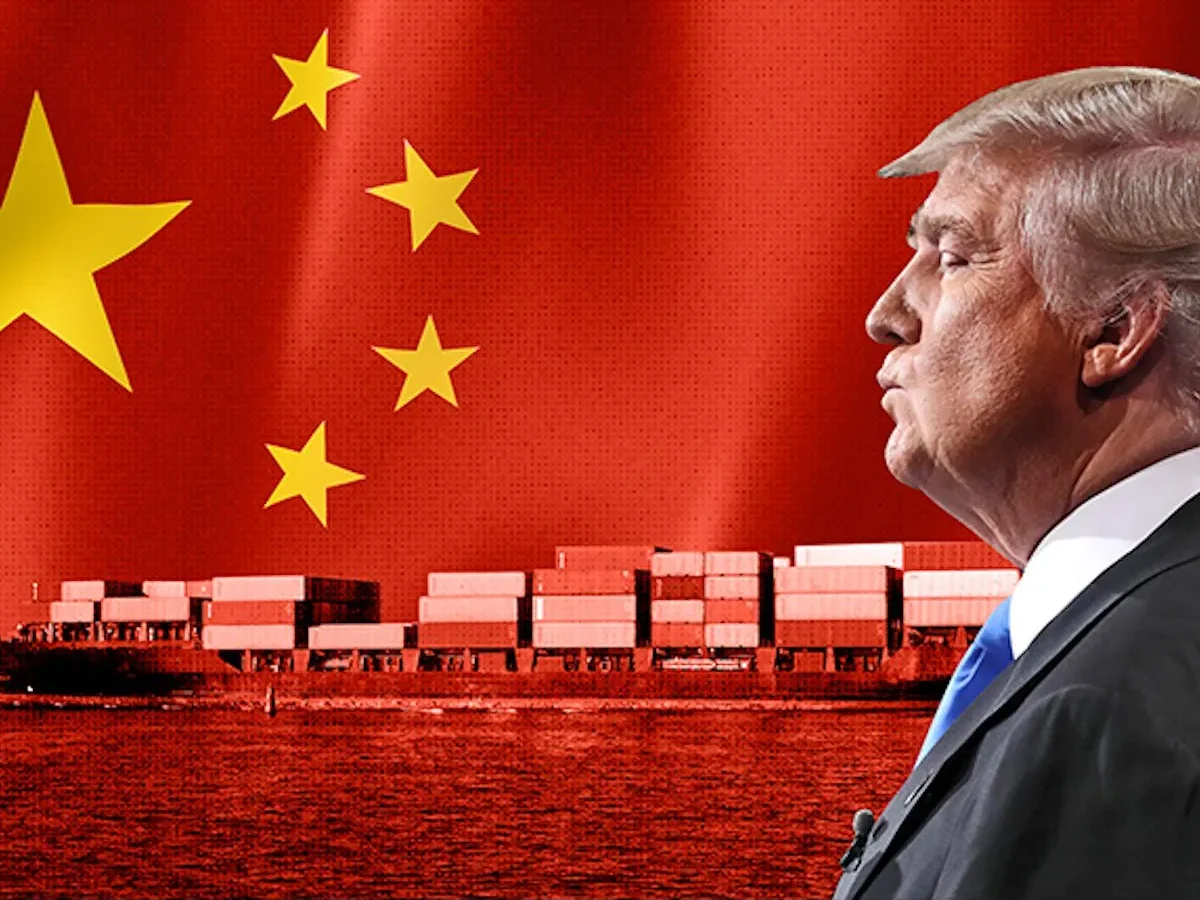Trump China tariffs have been one of the most debated economic policies of the last decade. Launched during Donald Trump’s presidency, these tariffs were designed to push back against what he described as unfair trade practices by China. But while the intention was to protect American industries and reduce the trade deficit, the outcome has been complex, with wide effects on businesses, prices, and international relationships.
In this article, we’ll break down what the tariffs were, why they were introduced, and how they continue to shape the global economy even after Trump left office.
What Are Tariffs?
Tariffs are taxes on imported goods. When the U.S. puts a tariff on Chinese products, it means companies have to pay more to bring those goods into the country. The idea is that tariffs will encourage people to buy American-made products instead.
But tariffs can also raise prices for consumers and make it harder for businesses that rely on imported parts or materials.
Why Trump Imposed Tariffs on China

The Trump China tariffs began in 2018 as part of a trade war. Trump claimed that China had been taking advantage of the U.S. for years. He accused China of:
- Stealing intellectual property
- Forcing U.S. companies to share technology
- Flooding U.S. markets with cheap goods
- Keeping American goods out of Chinese markets
To push China to change these practices, Trump started placing tariffs on hundreds of billions of dollars worth of Chinese goods. China responded by placing tariffs on American products like soybeans, cars, and meat.
A Breakdown of the Tariffs
Between 2018 and 2019, the Trump administration imposed tariffs on over $360 billion worth of Chinese imports. These included:
- Electronics like smartphones and computers
- Industrial equipment and machinery
- Consumer products like furniture and clothing
Tariff rates ranged from 10% to 25%, depending on the item.
China retaliated by hitting $110 billion in U.S. goods with its own tariffs, heavily impacting American farmers and manufacturers.
Economic Effects in the U.S.
The impact of the Trump China tariffs was felt across the U.S. economy in different ways:
1. Higher Prices for Consumers
Businesses had to pay more for imported goods and often passed those costs on to customers. Prices rose on items like washing machines, electronics, and even groceries.
2. Pain for Farmers
China was a major buyer of U.S. soybeans, pork, and corn. When China hit back with tariffs, American farmers lost a key market. The Trump administration gave out billions in aid to help struggling farmers during the trade war.
3. Manufacturing Challenges
Some factories saw a temporary boost as companies tried to shift production back to the U.S. But many manufacturers rely on Chinese parts, and the tariffs increased their costs. Some businesses delayed expansion or laid off workers.
4. Confusion and Uncertainty
Because the tariff list changed several times, many businesses were unsure how to plan. Some companies rushed to import goods before new tariffs started, creating supply chain issues.
Global Consequences
The Trump China tariffs also caused tension with other U.S. allies. Some countries worried the U.S. was moving away from free trade and cooperation. Global markets dipped in response to the trade war, and many companies started looking for ways to move production out of China to avoid the tariffs.
Countries like Vietnam, Mexico, and India became more attractive for manufacturing, changing the global trade map.
Did the Tariffs Work?
It depends on who you ask.
Supporters say the tariffs brought attention to China’s unfair practices and helped rebuild U.S. manufacturing pride. They believe standing up to China was long overdue.
Critics argue the trade war hurt the U.S. more than it helped. Studies found that American businesses and consumers bore most of the cost, not Chinese companies. The trade deficit with China remained large, and some say the U.S. lost credibility with trading partners.
The Phase One Deal
In early 2020, the U.S. and China signed a Phase One trade agreement. China promised to buy more U.S. goods—like farm products and energy—and improve rules around intellectual property.
In return, the U.S. agreed not to impose even more tariffs and rolled back a few that were already in place.
However, the pandemic slowed China’s purchases, and both sides have accused each other of not fully honoring the deal.
What’s Happened Since Trump Left Office?

President Joe Biden has kept most of the Trump China tariffs in place. His administration is reviewing the policy but says any changes will focus on protecting American workers and fixing supply chain issues.
Some companies have been granted tariff exclusions, letting them import certain items without the extra tax. But many U.S. businesses still deal with higher costs due to the tariffs.
Trade talks with China have slowed, and the relationship between the two countries remains tense over issues like technology, Taiwan, and national security.
Long-Term Impact of the Trump China Tariffs
Love them or hate them, the Trump China tariffs have changed how the U.S. and China deal with each other—and how the world trades.
Here are a few lasting effects:
- Tariffs are now a political tool: Trump showed that tariffs could be used to apply pressure, and future presidents may use them more often.
- Companies are moving supply chains: Many businesses are looking to “de-risk” by moving operations to other countries or back to the U.S.
- U.S.-China tensions are the new normal: Even if tariffs go away, the competition between the two superpowers will continue for years.
Final Thoughts
The Trump China tariffs were one of the boldest moves in recent U.S. economic history. They sparked a global trade war, reshaped industries, and ignited new debates about globalization, supply chains, and national security.
Whether you believe they were a brave stand or a costly mistake, one thing is clear—they changed the rules of global trade. And their impact is still being felt by businesses, workers, and families across the U.S. and beyond.
Also read – IBM Stock Outlook 2025 Why Investors Are Watching Closely






